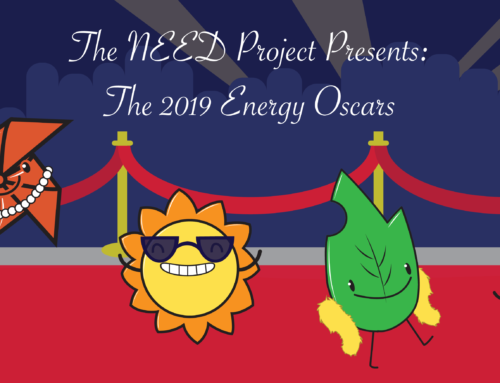Sue Parrent, Kentucky NEED Regional Coordinator
Every four years the world gathers in February to watch as athletes from all over the world compete for the GOLD. But how does the bobsled team go so fast or the ice skater spin four times in the air? SCIENCE.
The National Science Foundation and NBC have compiled an amazing resource for teachers about the science behind the Winter Olympics. The site, called Science and Engineering of the Olympic Winter Games 2014, contains a 10-part video clip collection. Each clip is approximately 5-10 minutes and delves into the physics, engineering, chemistry, design, mathematics, and energy behind this exciting sporting event. Topics include everything from skiing, to apparel, to injuries, to even robotics! Most of the clips have associated lesson plans and an integration guide, which are designed for intermediate and secondary students, and aligned to NGSS and CCSS. How cool is that?
What’s even cooler? Many of the topics and vocabulary discussed in the clips and associated lessons fit nicely as interesting and timely extensions to NEED’s Science of Energy curricula, especially if you’re covering energy in your classroom this winter!
The Science of Energy (intermediate/secondary) and Energy Works (elementary) cover the science of doing work – energy! These activities explore concepts like motion, heat, vibrations, friction, conduction, and insulation – the same terms that are discussed within many of the Olympic video clips. Students can watch the clip and hear and visualize the vocabulary and content in context. The activities provided on the Olympics site will serve to further reinforce your energy unit and add to your list of fun activities for the classroom.
NEED’s Science of Energy curricula can be found in PDF form by visiting NEED’s curriculum page. No matter what level you teach, these clips coupled with our resources will surely earn you the GOLD in your classroom this winter!




